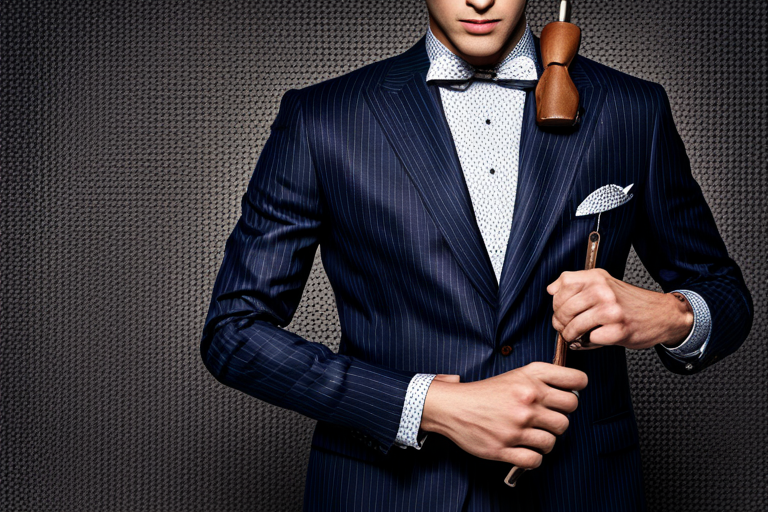“The Art of Silhouette in Fashion: Sculpting Style with Shadows”
Fashion is constantly evolving, but one aspect that remains timeless is the power of silhouette. The silhouette of a garment refers to its outline and shape, creating an instantly recognizable form and visual impact. In this blog post, we’ll explore the art of silhouette, discussing its history, cultural significance, design techniques, and role in the future of fashion.
A Brief History of Fashion Silhouettes
Throughout history, silhouette has been used to make political and cultural statements. The exaggerated hips and rear of 18th century panniers reflected French aristocratic excess before the Revolution. Victorians used corsets and crinolines to exaggerate the waist and hips, representing female domesticity.
In the 20th century, silhouettes relaxed along with social mores. The flapper dresses of the 1920s abandoned corsets and showcased straight, androgynous shapes. Dior’s postwar New Look re-emphasized the waist and hips, signaling a return to traditional femininity. The structured power shoulders of the 1980s embodied women’s increasing workplace authority.
Cultural Significance of Fashion Silhouettes
Beyond historical statements, silhouette holds cultural power today. Designers use shape and form to convey cultural ideals and values. Structured suits project professionalism and competence. Flowing, relaxed silhouettes reflect casual lifestyles.
Avant-garde designers like Rei Kawakubo use silhouette to challenge conventions. By distortion, exaggeration, and abstraction, they create commentary on the human form, individuality, and societal assumptions. In an image-conscious digital age, clothes present visual symbols conveying tribal belonging, personality, and attitudes.
Design Techniques for Creating Silhouettes
Fashion designers use various techniques to manipulate silhouette with precision:
- Draping: Shaping fabric directly on forms to produce organic silhouettes from the inside out.
- Patternmaking: Flat pattern drafting and draping to pre-plan and engineer silhouettes.
- Structure: Underlayers, padding, hoops, and boning to exaggerate shape.
- Fabric choice: Stiff brocades or soft jerseys create different effects.
- Trims and embellishment: Strategic additions to accentuate lines and curves.
A successful silhouette combines technique with an intuition about form. Coco Chanel declared, “Fashion is architecture: it is a matter of proportions.”
The Future of Fashion Silhouettes
Technological advances provide new horizons for silhouettes. Materials science offers new textiles with properties from transformation to conductivity. 3D printing facilitates entirely new structures.
Digital simulation allows endless experimentation and customization. Tech-savvy designers like Iris Van Herpen lead the way in pioneering new shapes and forms.
At its heart, fashion remains a sculptural art. Designers continue to innovate with form and volume to make visual statements and shape culture. Today’s experimental silhouettes foreshadow a future filled with possibilities we can only begin to imagine.
Silhouette’s power persists. As Coco Chanel said, “Fashions fade, but style is eternal.” The art of silhouette captivates the eye, conveys meaning, and inspires flights of the imagination across eras.


